The Jewish Communities Database
ANU - Museum of the Jewish People Jewish Communities Database is one of the richest collections of Jewish community culture in the world.
Over the past four decades, ANU - Museum of the Jewish People
has collected an astounding array of facts, figures, anecdotes, narratives, and cultural descriptions from over over 3,000 Jewish communities, past and present.
The database includes historical, geographic and demographic data about various communities, vanished, existing, revived and new. The database spans six continents, from the farthest reaches of the Pacific to the cold mountains of Asia and nearly everything in between. Some of the community stories date back 3500 years.
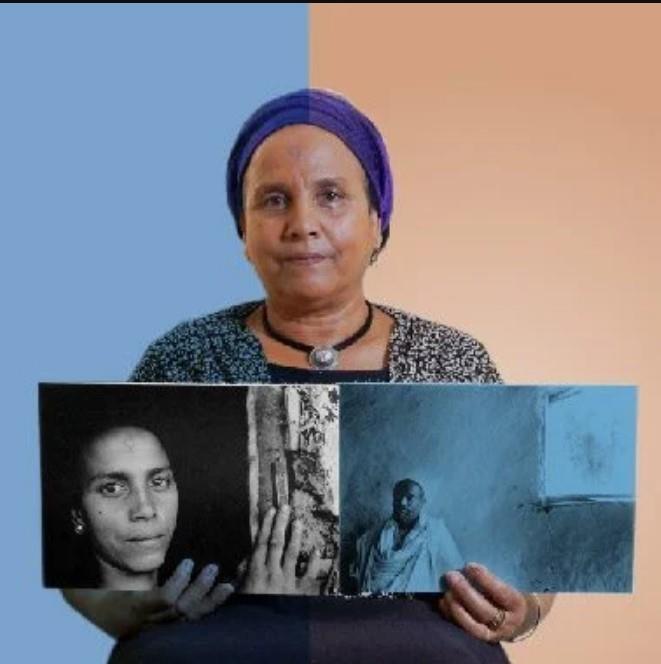
Jewish Spotlight – the Jews of Ethiopia
Photos, history, luminaries and the etymology and meaning of Jewish family names from Ethiopia.
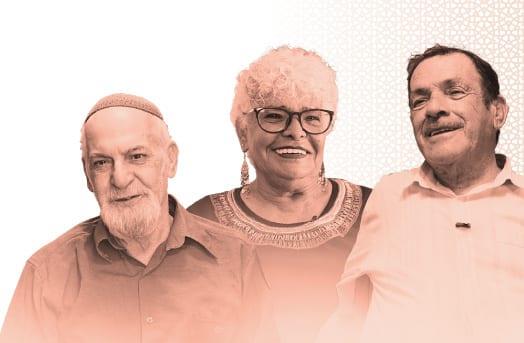
Seeing the Voices – The National Project for the Documentation of Jews of Arab Lands and Iran
“Seeing the Voices” is a national project for the documentation of the glorious heritage of Jews of Arab lands and Iran. The project’s goal is to speak out the untold story of Jews from Arab lands and Iran, therefore to strengthen their heritage, which is part of the foundations of the versatile Israeli culture.
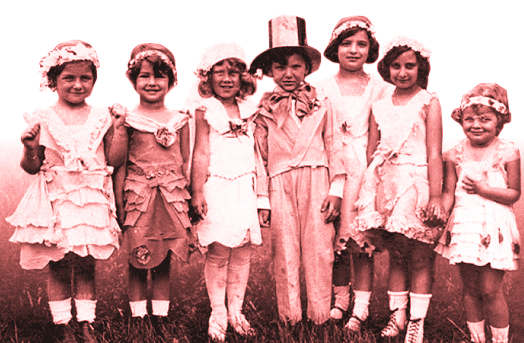
Photos, documents and articles reviewing the history and heritage of the Jews in Austria since the middle ages.
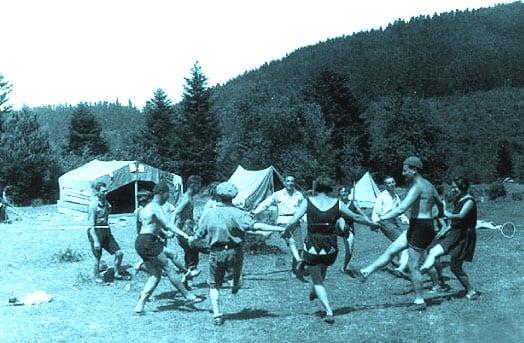
Jewish Communities in the Czech Republic
A website focused on the history and heritage of the Jewish communities on the territory of the Czech Republic. The historic regions of Bohemia and Moravia were home for numerous Jewish communities already in early medieval times. Short histories of almost 200 communities along with visual documentation, biographies of famous Jews who either were born or activated in these territories, and a timeline of Jewish history provide an insight into past turbulent times but also into a significant and long-lasting Jewish creativity and an invaluable and diverse heritage.
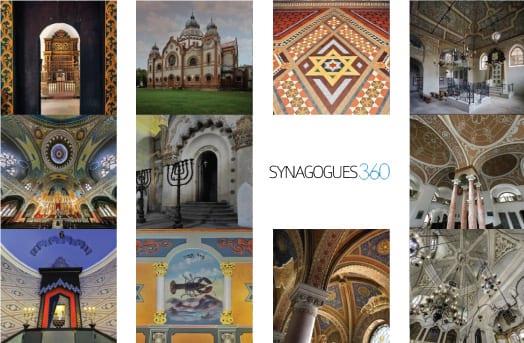
A Visual & Historical Record of Synagogues from Around the World – 360° panoramas of Jewish Culture
Frequently Asked Questions
What does the Jewish Communities Database include?
The database documents thousands of Jewish communities around the world—both historical and active—and includes geographical and demographic information, institutions, key figures, and the history of the community.
How can I search for a specific community?
You can search by community name (in Hebrew or a foreign language), country, geographical area, or keywords.
Does the database also include information on communities that no longer exist? Yes. The database presents communities that were destroyed or ceased to exist alongside active communities.
Does the database contain names of people from these communities?
No. The database focuses on the communities themselves—their history, institutions, and general data. Sometimes prominent individuals are listed, but not name lists.
Is it possible to find information on a specific community from the Holocaust period in the database?
Yes. The database also includes communities that were affected or destroyed in the Holocaust and presents historical and demographic information to the extent possible.
Is it possible to add new information about a community or correct errors?
Yes. You can contact the museum staff with details about the community and its sources. The material is reviewed by researchers and only then is it updated in the database.
What is the difference between the Communities Database and the other museum databases?
The Communities Database deals with the history of Jewish communities worldwide. The Family Trees Database documents individual families, and the Surnames Database focuses on the origin and meaning of names.
I couldn't find my community in the database. What does this mean?
It's possible that the community has not yet been documented or the information is still being processed. You can send details about the community for us to consider for a future addition.
Does the database include information on institutions within the community (such as synagogues, schools, or newspapers)?
For some communities, religious, educational, and cultural institutions are also listed, depending on the material collected.
Is it possible to use the information that appears about a community?
Yes, but full credit must be given to the museum. Copyrights are reserved for the museum.
Is it possible to find photos of the community in the database?
Sometimes photos are also included. If not, visual material may be found in the museum's photo archives.
Further Reading
Synagogues
Contact us: